
When you pick up your prescription, the pharmacist gives you a quick rundown on how to take it. You nod along, maybe say "thanks," and walk out. But later, when you’re actually ready to take the pill, you can’t remember if you were supposed to take it with food, or if it interacts with your blood pressure med. That’s not just inconvenient-it’s dangerous. Half of all medication errors happen after you leave the pharmacy, not because the pharmacist made a mistake, but because you never got clear, accessible confirmation of what they told you.
Why Pharmacist Counseling Notes Matter After Pickup
Pharmacists are trained to catch drug interactions, warn about side effects, and explain dosing schedules. Under OBRA-90, they’re legally required to offer this counseling for every new prescription. But here’s the problem: most of the time, that advice is spoken, not written. And if you don’t write it down yourself, or if you forget part of it, you’re left guessing. Studies show that patients who can review counseling notes within 24 hours of pickup are 22% less likely to make a medication error. That’s not a small number. It’s the difference between feeling fine and ending up in the ER because you took your blood thinner with grapefruit juice, or missed a dose because you thought it was once a day when it was actually twice. The real issue? Pharmacy systems aren’t built for patient access. Most counseling notes are stored in internal charts, not on your phone. Even if they’re digitized, they often take 24 to 72 hours to appear online-long after you’ve already started taking the meds.How to Access Your Counseling Notes by Pharmacy Chain
Your ability to check what the pharmacist told you depends almost entirely on which pharmacy you used. Here’s how it works at the big chains-and what you can actually count on.CVS Pharmacy
CVS has the most advanced digital system among national chains. After picking up your prescription, open the CVS Pharmacy app. Log in with your credentials and go to the "Prescriptions" section. Tap on the filled script, then look for "Pharmacist Notes" or "Counseling Summary." You’ll need to verify your identity using facial recognition or fingerprint login. Once you do, you’ll usually see basic instructions: "Take with food," "Avoid alcohol," "May cause drowsiness." But here’s the catch: for controlled substances like opioids or stimulants, DEA rules block detailed notes from appearing online. You’ll only get the generic warning. If you need more, you have to call the pharmacy. CVS notes typically appear within 48 hours. If you don’t see them by then, call your local store. About 15% of patients report delays due to system glitches.Walgreens
Walgreens offers more detailed counseling notes than CVS, including video summaries you can request after pickup. To access them:- Open the Walgreens app.
- Go to "Prescriptions" and select the filled script.
- Tap "View Counseling Notes."
- Enter your phone number and an 8-digit code sent via SMS.
Rite Aid
Rite Aid’s system is the most restrictive. You can only access counseling notes online if you’ve filled at least one prescription in the past 12 months. Even then, you have to answer security questions based on your prescription history-like "What was the name of your last medication?" Once you’re verified, notes appear under "Pharmacy Notes" in your account. But they’re often vague: "Patient counseled on proper use." No details. No warnings. No specifics. Rite Aid’s system is outdated and designed more for internal compliance than patient use.Independent Pharmacies
Independent pharmacies don’t have apps or portals. But they often give better counseling. The pharmacist sits down with you, explains everything, and writes it out on a small paper slip. Ask for a copy. Don’t assume they’ll hand it to you-most won’t unless you ask. Only 33% of independent pharmacies offer digital access to notes. But 78% will print you a copy if you request it. That’s your best bet.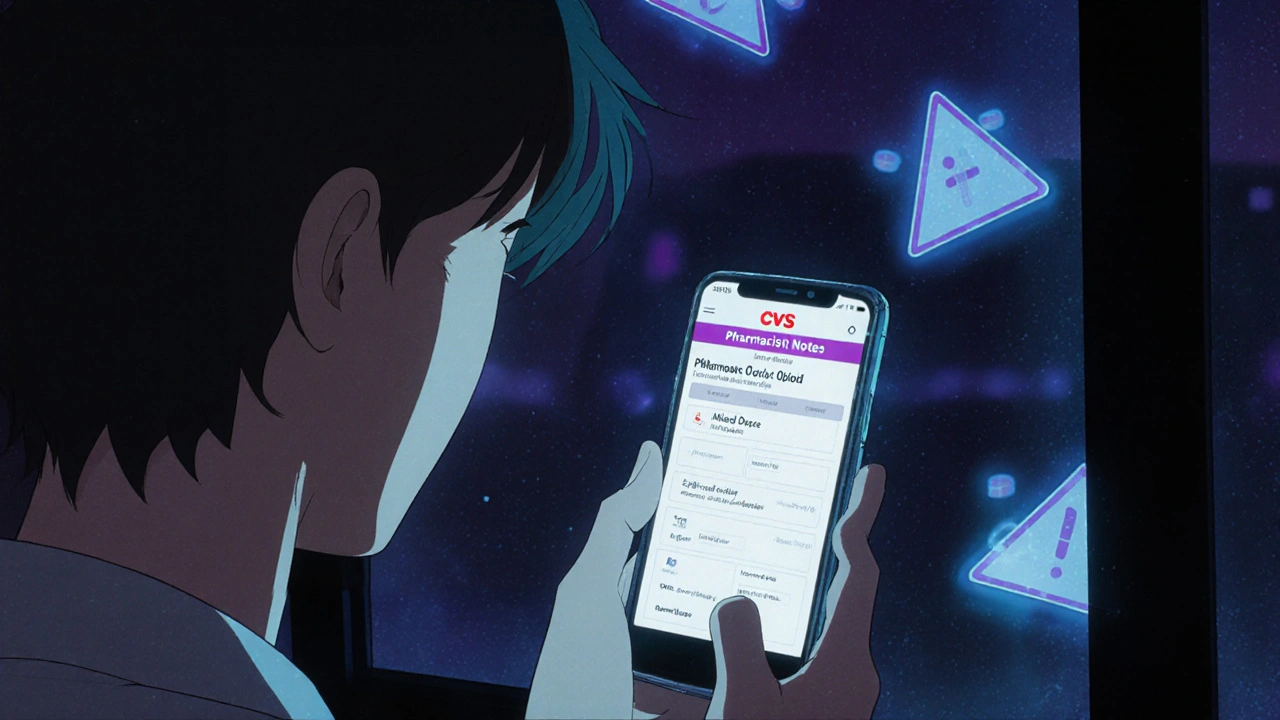
What to Do If You Can’t Access Notes Online
If your pharmacy doesn’t have a system, or if the notes aren’t available, here’s what works:- Ask for a printed copy at pickup. Under OBRA-90, pharmacists must provide written counseling materials upon request. Don’t be shy. Say: "Can you please print out what you just told me? I want to make sure I don’t miss anything."
- Request an email summary. Many pharmacists will send a quick email with key points if you ask. A 2024 Pharmacy Times survey found 89% of patients who requested this got it within an hour.
- Call the pharmacy the same day. Don’t wait until tomorrow. Call within 2 hours of pickup and ask: "Can you read me the counseling notes you documented for my prescription?" Most pharmacists will read them aloud. Some will even email them.
- Take notes during counseling. Bring a small notebook or use your phone’s voice recorder. Say: "Can I record this so I don’t forget?" Most pharmacists are fine with it.
Red Flags That Something’s Wrong
Not all counseling notes are created equal. Watch out for these warning signs:- The note says "Patient counseled" but gives zero details.
- It’s missing warnings about alcohol, food interactions, or driving.
- It conflicts with what the pharmacist told you in person.
- You can’t access it within 72 hours and the pharmacy says they don’t keep records.
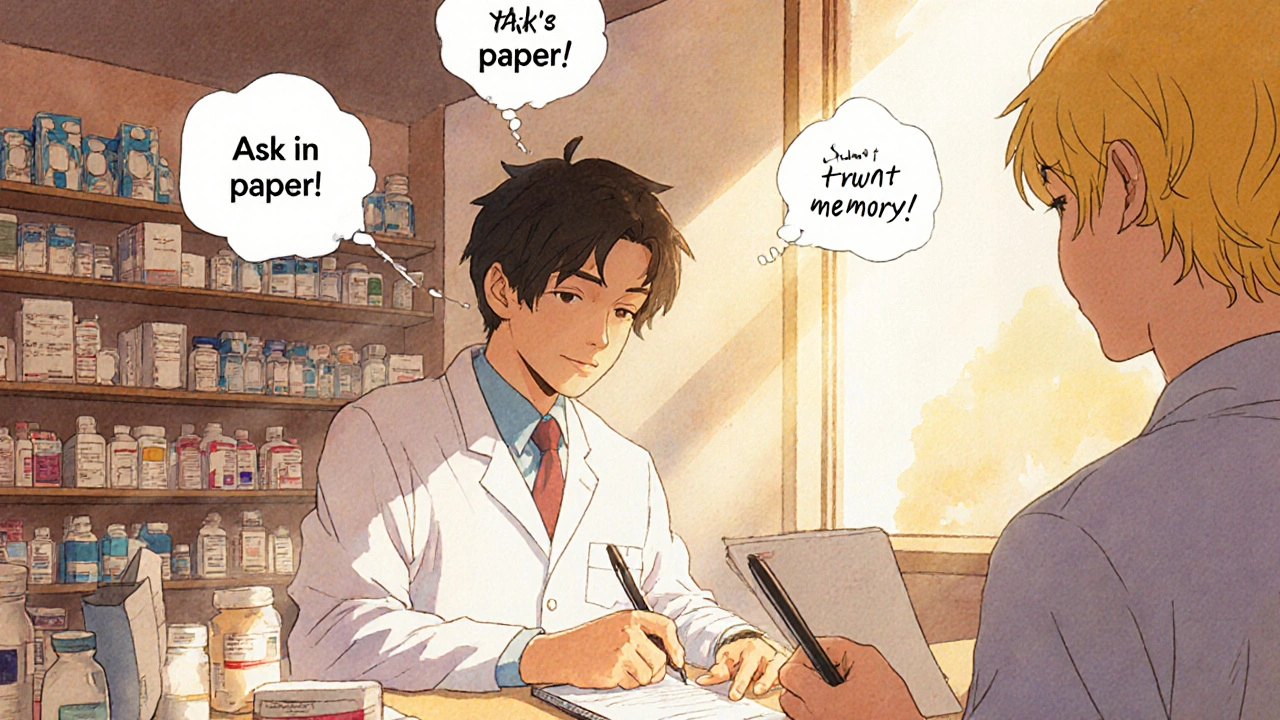
What’s Changing in 2025 and Beyond
The system is slowly improving. By 2026, the Pharmacy Quality Alliance will require 90% of counseling notes to be available within 4 hours of pickup. CMS now counts this as part of pharmacy Star Ratings-meaning pharmacies that fail to deliver timely notes could lose money. New tools are emerging. ScriptPath’s MedConfirm platform, now used in 127 independent pharmacies, sends an SMS right after pickup with a summary of counseling points. Patients love it-89% say it helped them take their meds correctly. CVS and Walgreens are testing AI tools that generate real-time summaries at the counter. Beta tests show 94% accuracy in capturing key advice. These systems could become standard by 2027. But until then, you can’t wait for the system to fix itself. You have to take control.Quick Checklist: Confirm Your Counseling Points
Before you leave the pharmacy, do this:- Ask: "Can you please give me a printed copy of what you just told me?"
- Ask: "Can you email me a summary?"
- Open your pharmacy app and verify your identity right then and there.
- Take a photo of the prescription label and any paper notes.
- Call the pharmacy if notes aren’t available within 24 hours.
Can I get my pharmacist’s counseling notes after I’ve already left the pharmacy?
Yes. Most major pharmacy chains allow you to access counseling notes through their mobile apps after pickup, but only if you’ve verified your identity. If you didn’t verify at the time of pickup, log into the app and follow the steps to authenticate using your phone number, email, or biometrics. If the notes still don’t appear, call the pharmacy directly and ask them to email or mail you a copy. Under OBRA-90, they’re required to provide this information upon request.
Why don’t I see detailed notes for my pain medication?
Federal DEA regulations restrict how much detail pharmacies can share online for controlled substances like opioids, stimulants, or benzodiazepines. This is meant to prevent misuse, but it also limits patient access to important safety info. If you need more details-like how to safely taper off or what to do if you miss a dose-call your pharmacy. Pharmacists can still give you that information over the phone or in writing.
Is it legal for a pharmacy to refuse to give me my counseling notes?
No. Under the Omnibus Budget Reconciliation Act of 1990 (OBRA-90), pharmacists are legally required to provide written counseling materials upon request for all new prescriptions. This includes printed summaries, emails, or digital access. If a pharmacy refuses, you have the right to file a complaint with your state pharmacy board. In 2023, over 247 such complaints were filed across the U.S. due to this exact issue.
How long should I wait for counseling notes to appear online?
Ideally, notes should be available within 2 hours of pickup. The Institute for Safe Medication Practices recommends this timeline to prevent errors during the first critical doses. In practice, CVS and Walgreens usually take 24-48 hours, and Rite Aid can take up to 72 hours. If you haven’t seen your notes after 72 hours, contact the pharmacy. Delayed access increases your risk of making a medication mistake.
What should I do if the counseling note contradicts what the pharmacist told me?
Call the pharmacy immediately. Discrepancies between verbal counseling and written notes happen more often than you’d think-due to rushed documentation, system errors, or miscommunication. Ask to speak with the pharmacist who dispensed your medication. If they confirm the note is wrong, request a corrected version in writing. If they dismiss your concern, file a complaint with your state pharmacy board. Your safety matters more than their paperwork.
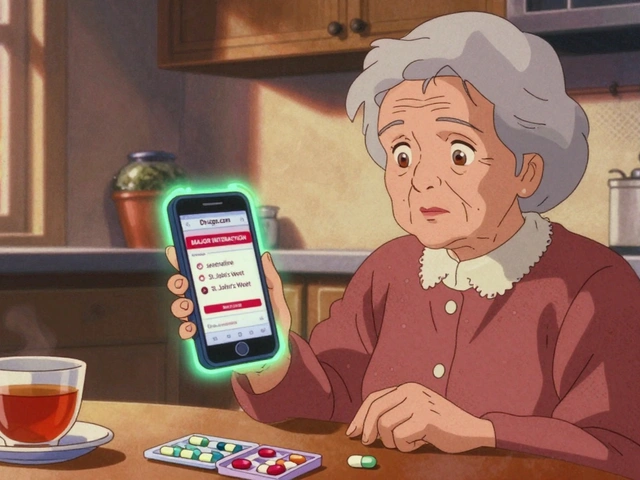

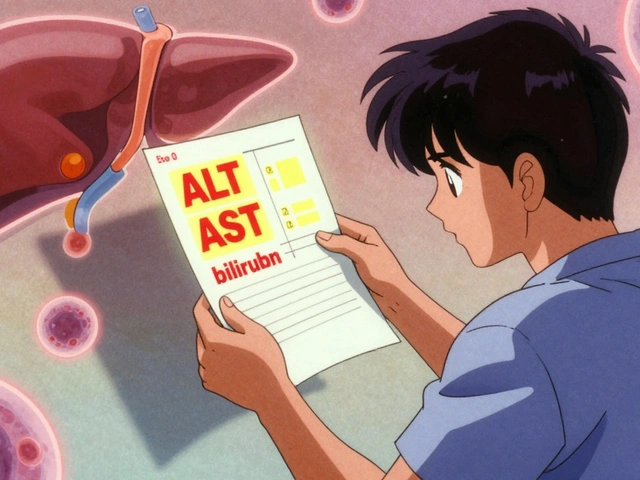
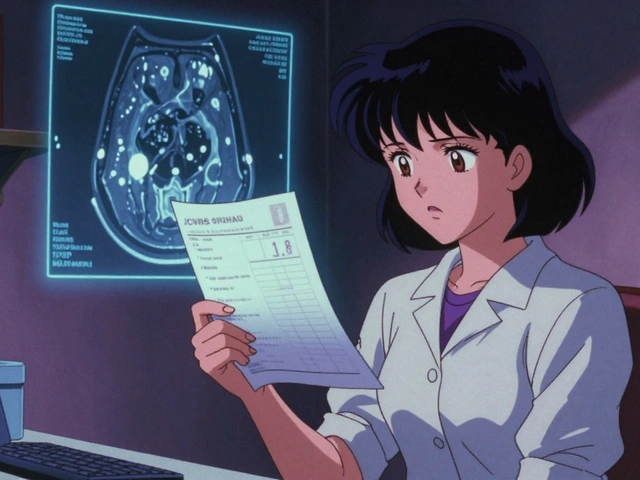
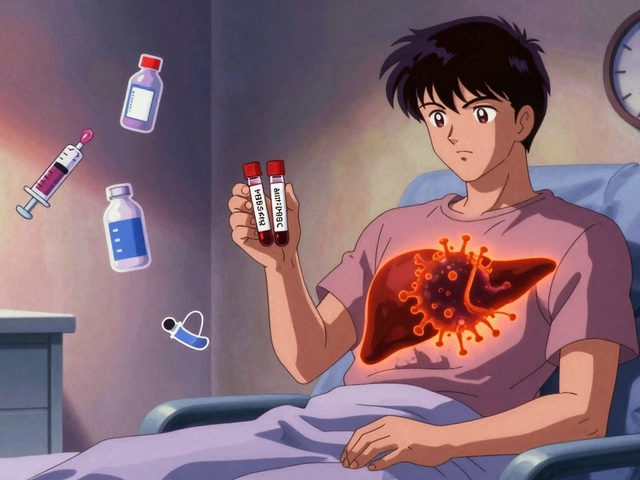
12 Comments
lol i just stare at the pill bottle like it’s gonna whisper the instructions to me 🤡
The entire system is a farce. We’ve outsourced our cognitive responsibility to pharmacists who are overworked, underpaid, and legally mandated to perform theater instead of actual care. The fact that you need to beg for basic information in 2025 is not a flaw-it’s a feature of late-stage healthcare capitalism.
Ive been doin this since 2018. Always ask for printout. Always. Even if they roll their eyes. My grandma died because she thought "take once daily" meant morning. Turns out it was bedtime. Never again. #learnfrommymistake
OMG I CRIED WHEN I READ THIS. I took my anticoagulant with grapefruit juice because I forgot. I ended up in the ER with a 4cm hematoma on my thigh. They had to transfuse me. The pharmacist said "I told you" but didn’t document it. I filed a complaint. They didn’t care. This post is my therapy.
I appreciate this so much. I’ve been too nervous to ask for printed notes before-felt like I was accusing them of incompetence. But now I just say, "I’m trying to be responsible with my meds, can you help me keep track?" And they always soften. It’s not about being difficult-it’s about being human.
AMERICA IS FALLING APART. WE CAN’T EVEN GET OUR MEDICATION INFO WITHOUT A PHD IN PHARMACEUTICAL SYSTEMS?! This is why we lost the space race. Our pharmacists are drowning in paperwork while the DEA locks down info like it’s a nuclear launch code. #MakeMedicationsSafeAgain
i literally took a voice memo of my pharmacist last week. he was like "uhhh you recording me?" and i was like "yep. and if i forget i’m gonna play it back and yell at you through my phone." he laughed. then gave me a printed copy anyway. we’re all just trying to survive this.
I’ve been working in a community pharmacy for 12 years, and I can tell you this: most of us want to give you detailed notes. We just don’t have time. The system doesn’t support it. If you ask for a printed summary, we’ll drop everything to write it. Don’t be shy. We’re not mad. We’re just tired.
I just want to say thank you for writing this. I’ve been afraid to speak up about this for years. I didn’t want to seem like a troublemaker. But now I realize-this isn’t about being difficult. It’s about being alive.
In India, we have no apps. No digital systems. But our local pharmacists sit with you for 15 minutes. They write your instructions in Hindi and English on a small slip. They remember your name. They ask about your family. This is healthcare. Not a corporate app. We don’t need AI. We need attention.
This is why I always carry a small notebook. I write down everything the pharmacist says. Then I read it back to them. Nine times out of ten, they say, "Oh wait, I forgot to mention this." It’s not about distrust. It’s about verification.
You think CVS is bad? Try Walgreens in rural Ohio. My mom’s notes took 5 days. She took her blood pressure med with grapefruit. She ended up in the hospital. The pharmacy said "we don’t guarantee digital notes." That’s not customer service. That’s criminal negligence.